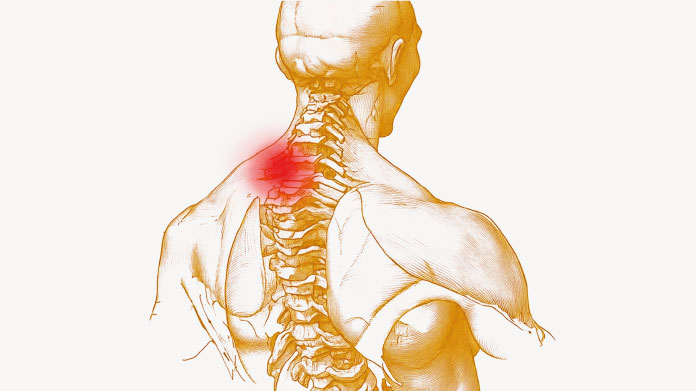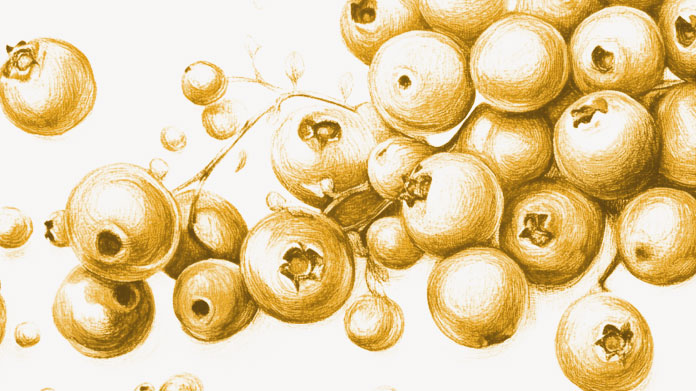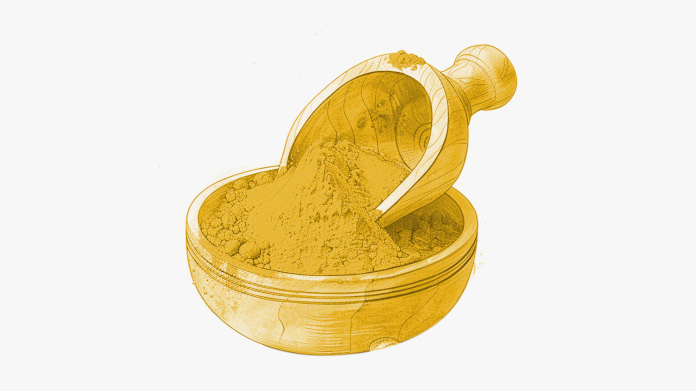Migraine: a summary in 7 questions
Painful and debilitating, migraine is a subject which raises many questions. What exactly is a migraine? What are the symptoms? How can you avoid an attack? And what treatments are available?

What exactly is a migraine?
What constitutes a migraine is still the subject of widespread debate. However, health professionals agree that it can be defined as a form of headache, which means it is characterised by repeated episodes of pain in the head. Scientific studies on the subject suggest that such attacks may be the result of an inflammatory reaction in the brain which is why migraines are sometimes defined as a neurological problem.
What are the symptoms of a migraine?
As mentioned, migraine generally manifests in recurrent headaches. These can last anything from 4 to 72 hours and pain may be accompanied by other symptoms. Often, people suffering a migraine attack cannot bear noise or light. They may feel irritable, have trouble concentrating, and experience nausea and vomiting.
How can you recognize migraine pain?
A migraine can often be confused with a passing headache but their characteristics are actually quite different. While a one-off headache usually causes generalised but tolerable pain, the pain of migraine is intense and difficult to bear, and normally affects just one side of the head. It is also described as throbbing or ‘pounding’ – as if your heart is beating in your head. The sensation is sometimes likened to ‘hammer blows’ in the head.
Who is affected by migraines?
It’s thought that three out of every ten people are affected by migraine, though in many cases, the condition remains undiagnosed. This is because migraine often starts at puberty but remains dormant for many years. Statistics show that initial episodes are most common among those aged between 35 and 45 years, but they can also occur in adolescents, young adults and the elderly. Women are significantly more likely to suffer than men: on average, it’s believed that migraine affects three women for every man.
What causes migraine?
The causes of migraine remain poorly understood. Scientific studies appear to confirm the existence of a genetic predisposition, with an elevated risk if one or both parents are migraine sufferers. It may also be linked to other factors: emotional changes, hormonal imbalances, sleep problems, poor dietary habits – these are all elements that can trigger a migraine attack.
How can you prevent a migraine?
As mentioned, migraines are potentially linked to a number of factors; by identifying them and adopting good habits, it is thus entirely possible to minimise attacks. For example, it’s important to ensure you get sufficient, good quality sleep, and to eat a healthy, balanced diet since nutritional deficiencies, particularly in vitamin D and magnesium, may also be a cause of migraine.
How can migraine be treated?
There are generally two distinct types of treatment for migraine: the sort employed during an attack, and that taken over the longer term. The first is designed to relieve the symptoms and the second to reduce the rate of attacks. Frequently recommended by health professionals, these two types of treatment may be based on various active principles. Those from natural sources have been growing in popularity in recent years and include, in particular, butterbur extract, with natural, migraine-relieving efficacy confirmed by several studies. The use of plants with anti-inflammatory properties, such as those included in the product InflaRelief Formula, are also popular with migraine sufferers.
Keywords
6 Days
The Anti Aromatase is a great product
The Anti Aromatase is a great product. You just need to have constant inventory. Recently this product has been out of stock.
GEORGE Verne
7 Days
Great help on chat
Great help on chat. Knowledgeable and friendly.
Jason Argos
11 Days
Customer service was fast and friendly.
Customer service helped to stop the transaction process of the subscription. I appreciated that.
Greenie
11 Days
I order here due to the high quality of…
I order here due to the high quality of the products and the quick delivery of items - thank you
Barbara J
13 Days
SuperSmart's Eye Pressure supplements: highly recommended!
I purchase SuperSmart's Eye Pressure supplements regularly for over 5 years, and gotta say they are truly a wonderful product for my Glaucoma. Highly recommended if you have eye pain from your Glaucoma.
D. Martinez
17 Days
Quick service
Quick service
MONELL
18 Days
Speedy service.
Speedy service.
ROSENTHAL Marvin
22 Days
Clear website- Efficient
Clear website. Excellent search engine and fast delivery!
Mohamad Hussein
24 Days
They have great products.
They have great products.
Vickie
24 Days
Great Shipping Time!
You Have A Great Shipping Time! Praise The Lord!
DMHoge
26 Days
Doctor Recommended!
Good pricing, very good availability, doctor recommended (couldn't find what I needed anywhere else), and it took only a week to arrive (which I can't complain about).
Al
27 Days
Great product and fast shipping
Great product and fast shipping
Marie
28 Days
New customer 1
I got my order fast and on time.
SA
28 Days
Great Service
Fast, good communication, as promised.
Juli
32 Days
Thrgood product website is easy to use and shipping…
Thr website is easy to use and shipping is very fast.
Richard Kienzle




